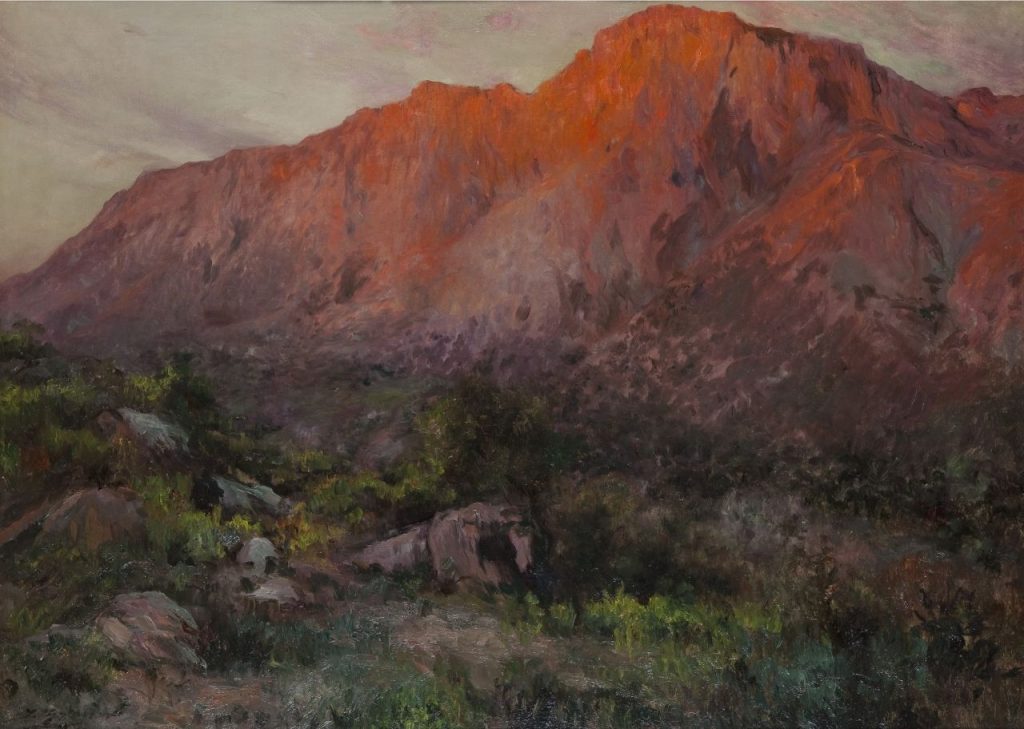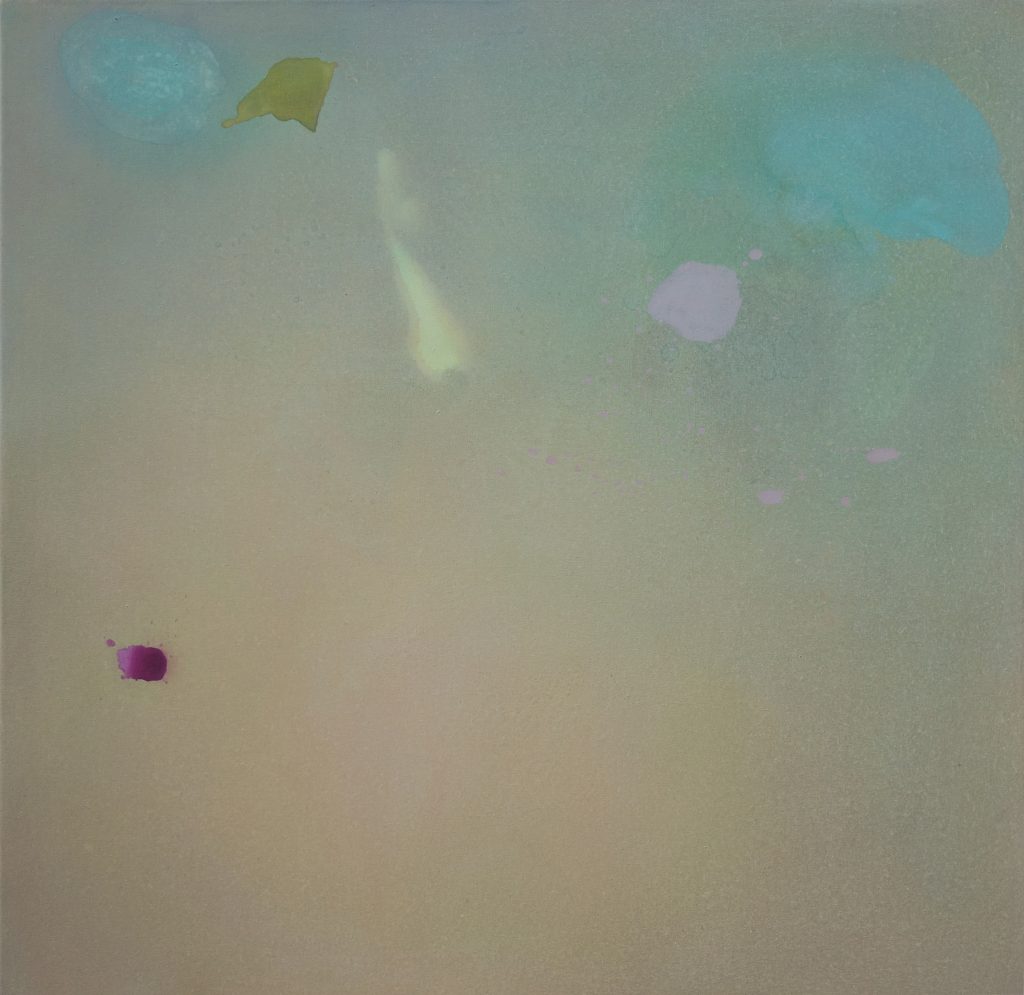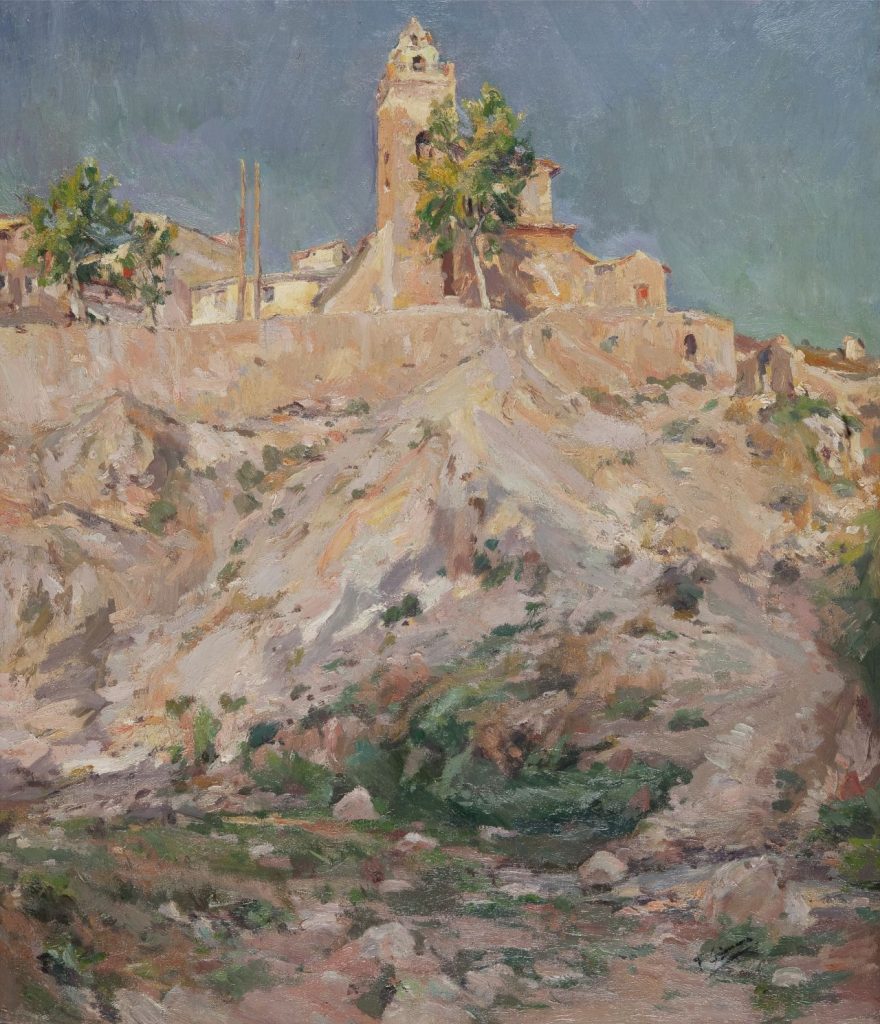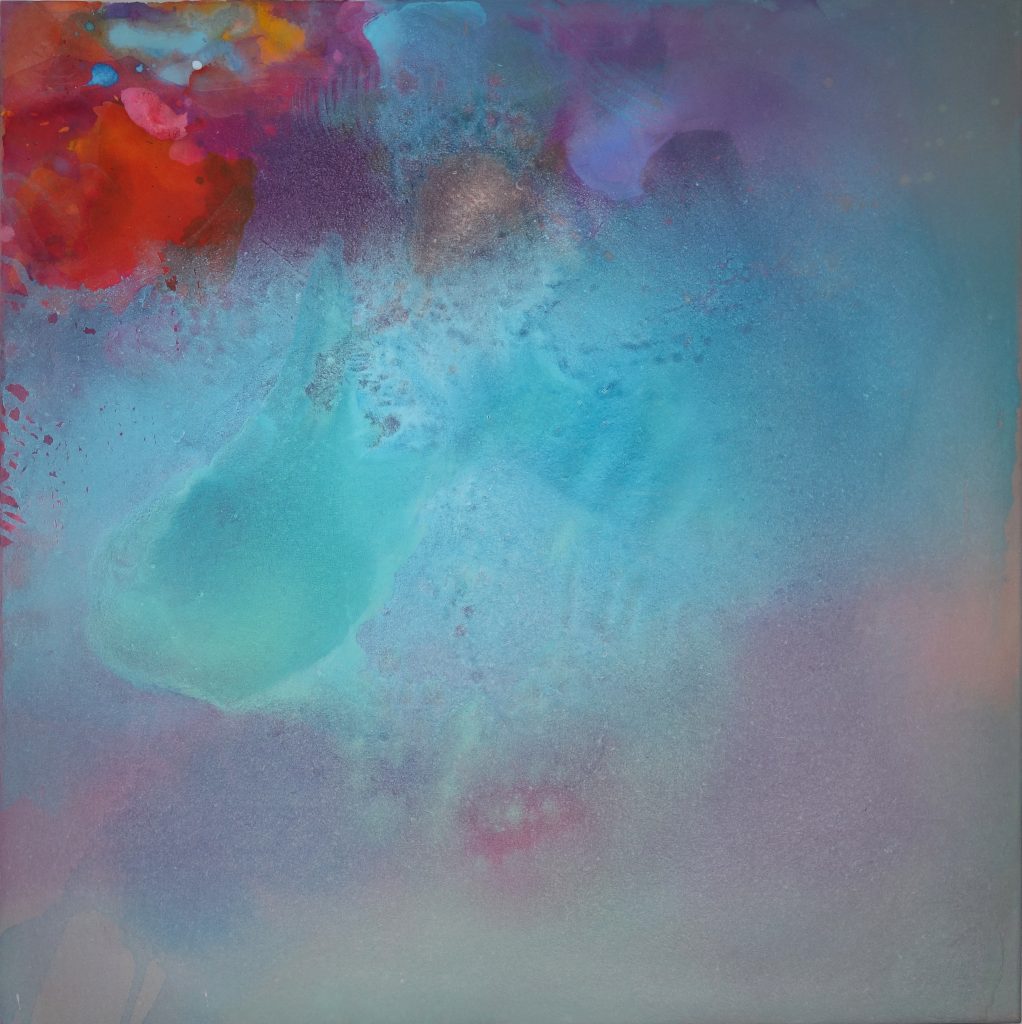In silvia hornig’s work (Marktredwitz, Germany, 1962), music is at the origin of everything, and music accompanies the painting and the painting is music. Vibrations, cadence, counterpoints and rhythms cohabitate within the pictorial spaces created by the German artist. In this exhibition, her work maintains an atemporal conversation with an extraordinary ensemble of landscapes by Catalan artists, or works inspired in the Mediterranean landscapes of the end of the nineteenth and beginning of the twentieth centuries. It is a dialogue without stridencies, natural, in which the skies, sea, mountains and the earth of the landscapes connect with hornig’s sonorous abstraction. Blots, colours and glazes are in harmony beyond space and time.
Fragment of the text by Montse Frisach
The pictorial process emerges from inside, from a sound; a colour “visits” me and then brings along its companions, other colours, sometimes in the guise of a specific blot, sometimes as a wash. This interior world has its own “laws”, there is no gravity, nor time, but certainly there is constant change. Using many layers of colour generates a vibration, a resonance, the tritone; a very “classical” technique that creates depth.
silvia hornig
12 results
The colours, blots and light are the connecting elements that unite hornig’s works with the landscapes, a genre that the art historian Francesc Fontbona justifiably and categorically qualifies in his book on Catalan landscapes as the “most important pictorial genre in modern Catalan painting”. This is doubtless not an exaggerated definition. It is an especially significant affirmation when we refer to the period of time between the middle of the nineteenth century until the decade of the 20s in the twentieth century, in which landscape is the ideal territory for painters to develop their principal formal interests and where the evolution of the pictorial discipline itself becomes most evident.























